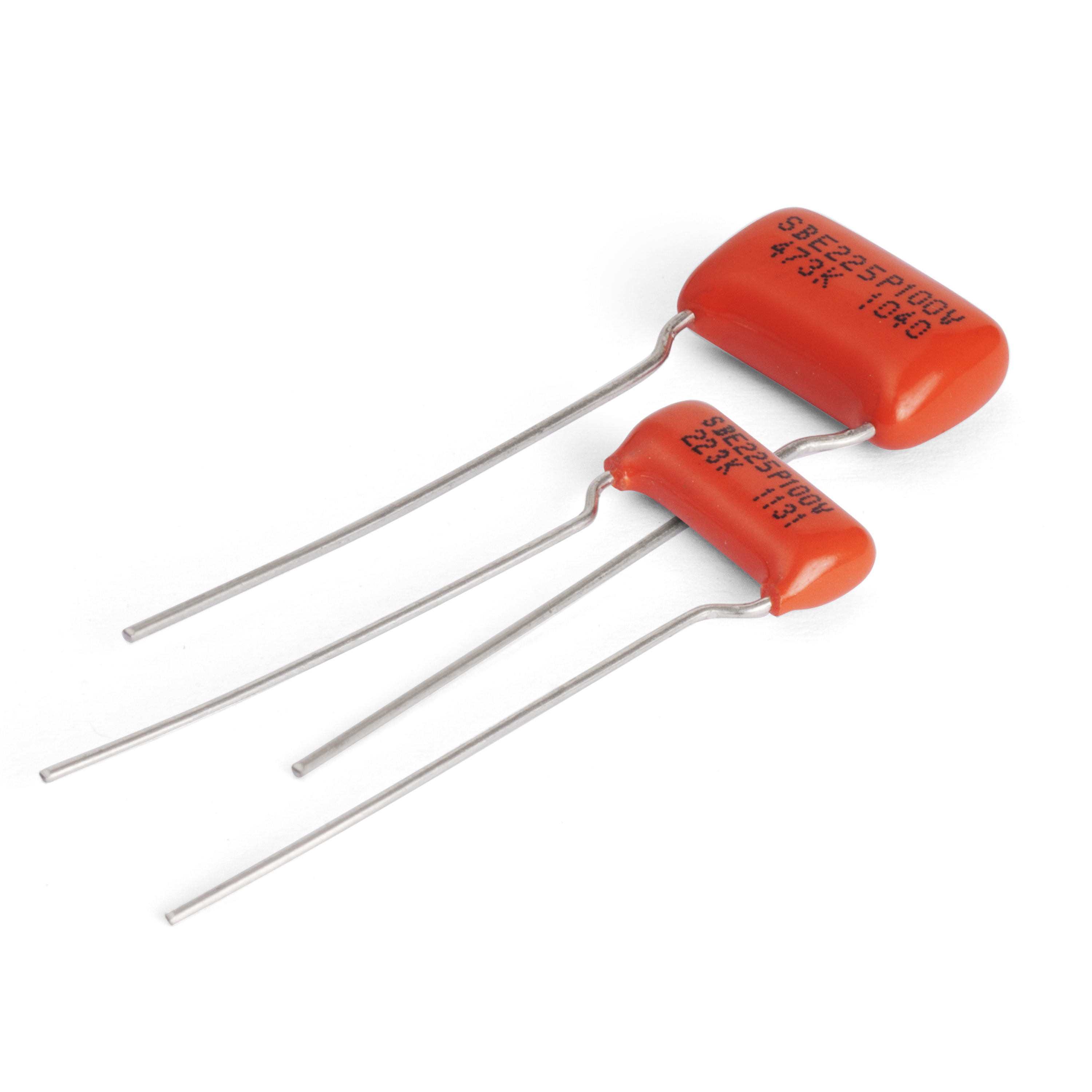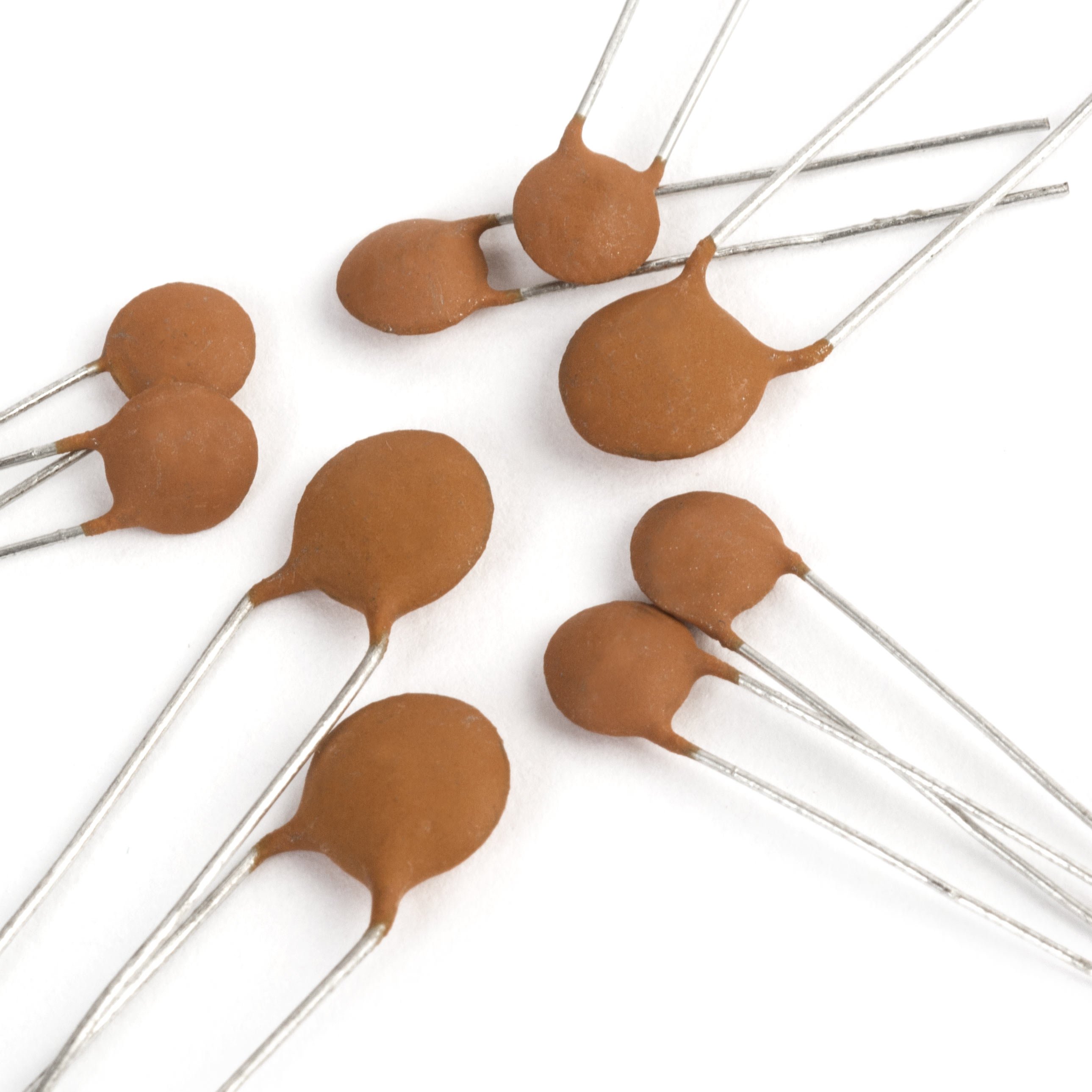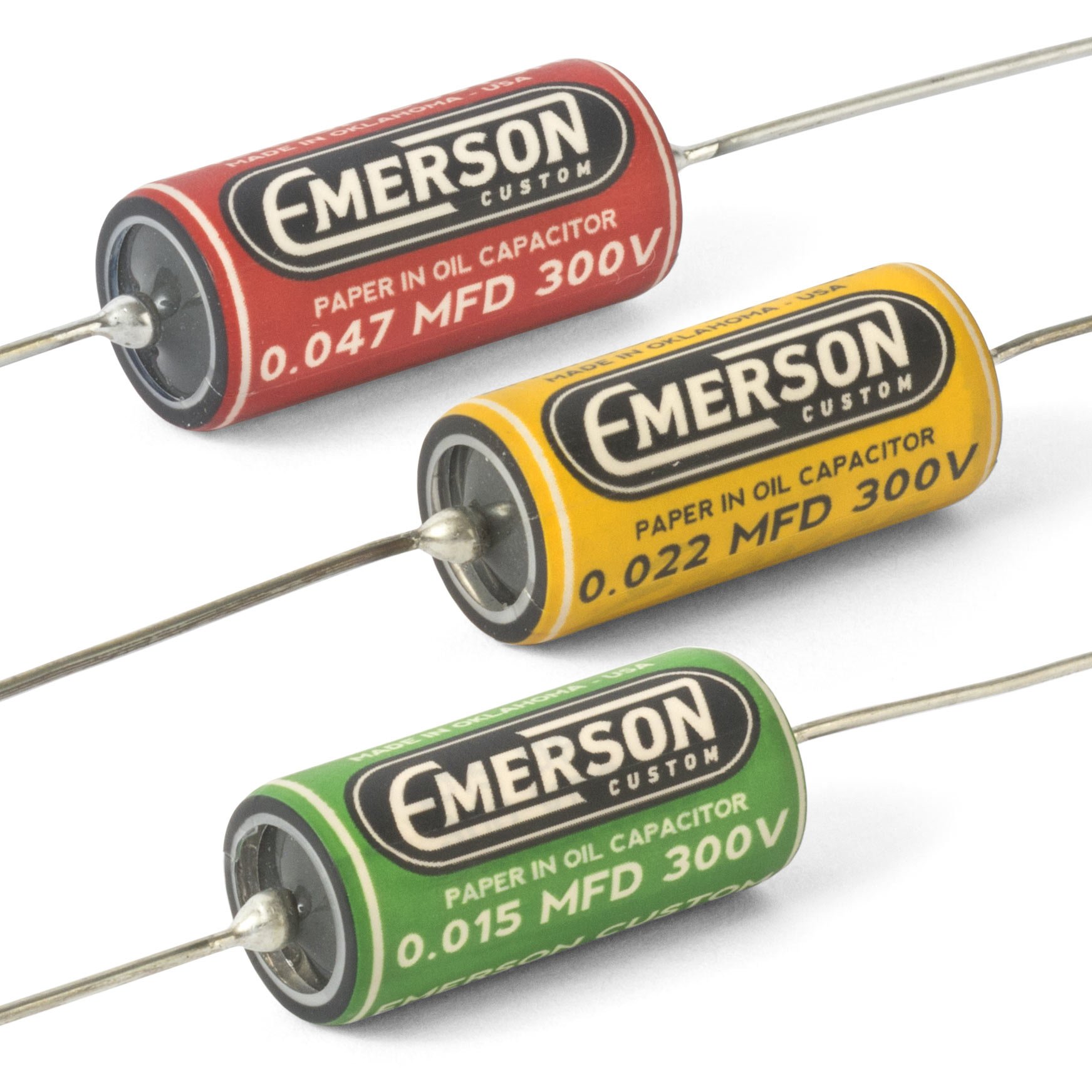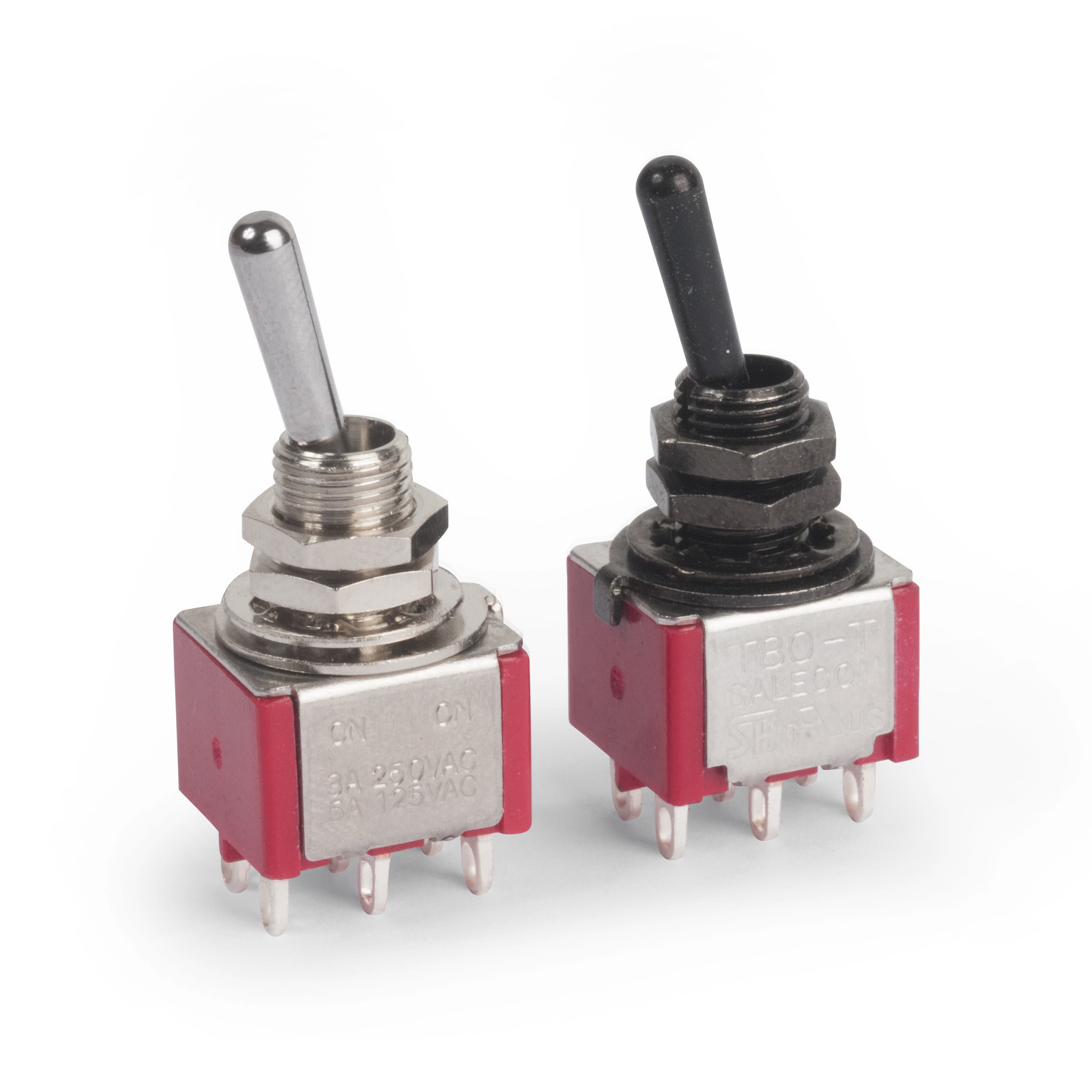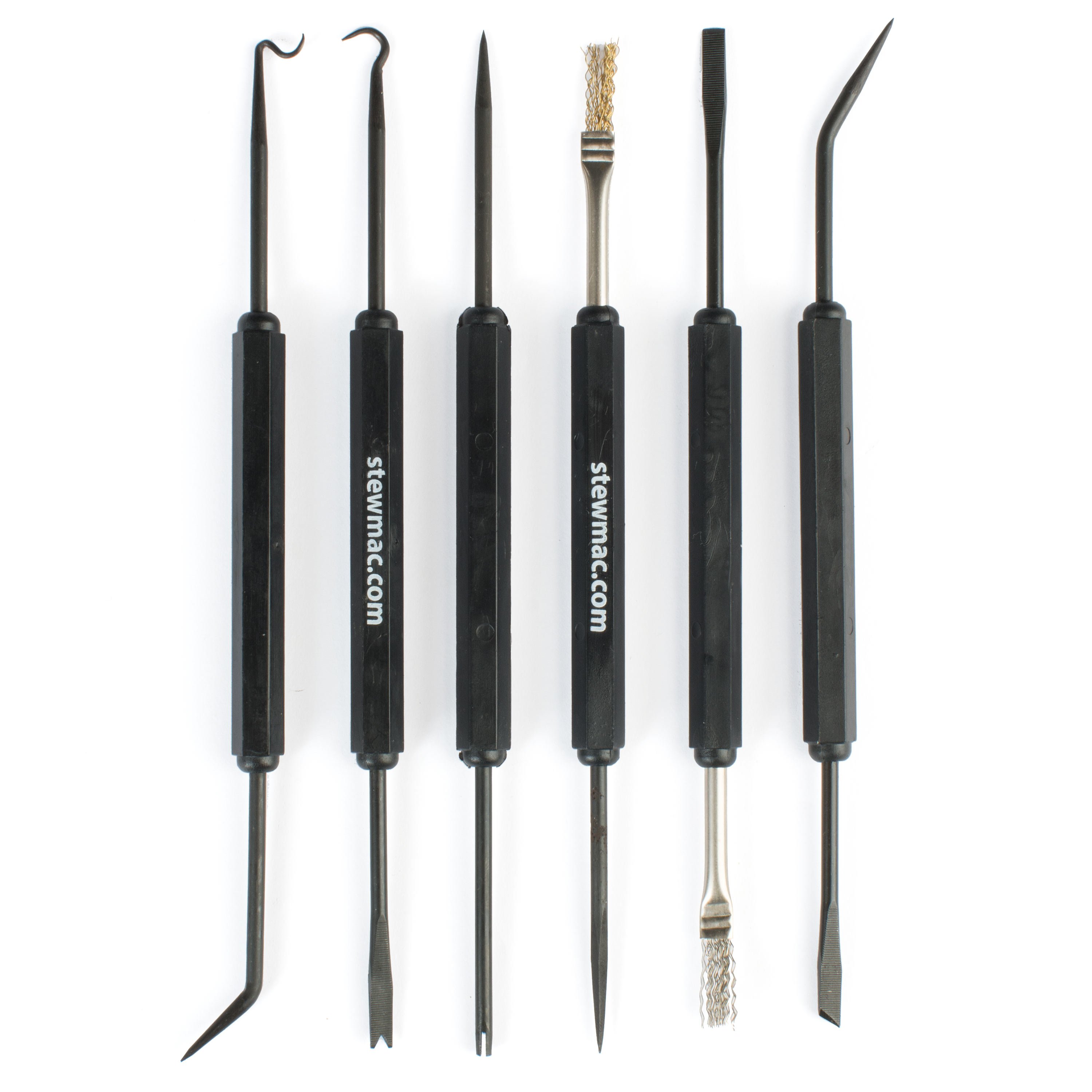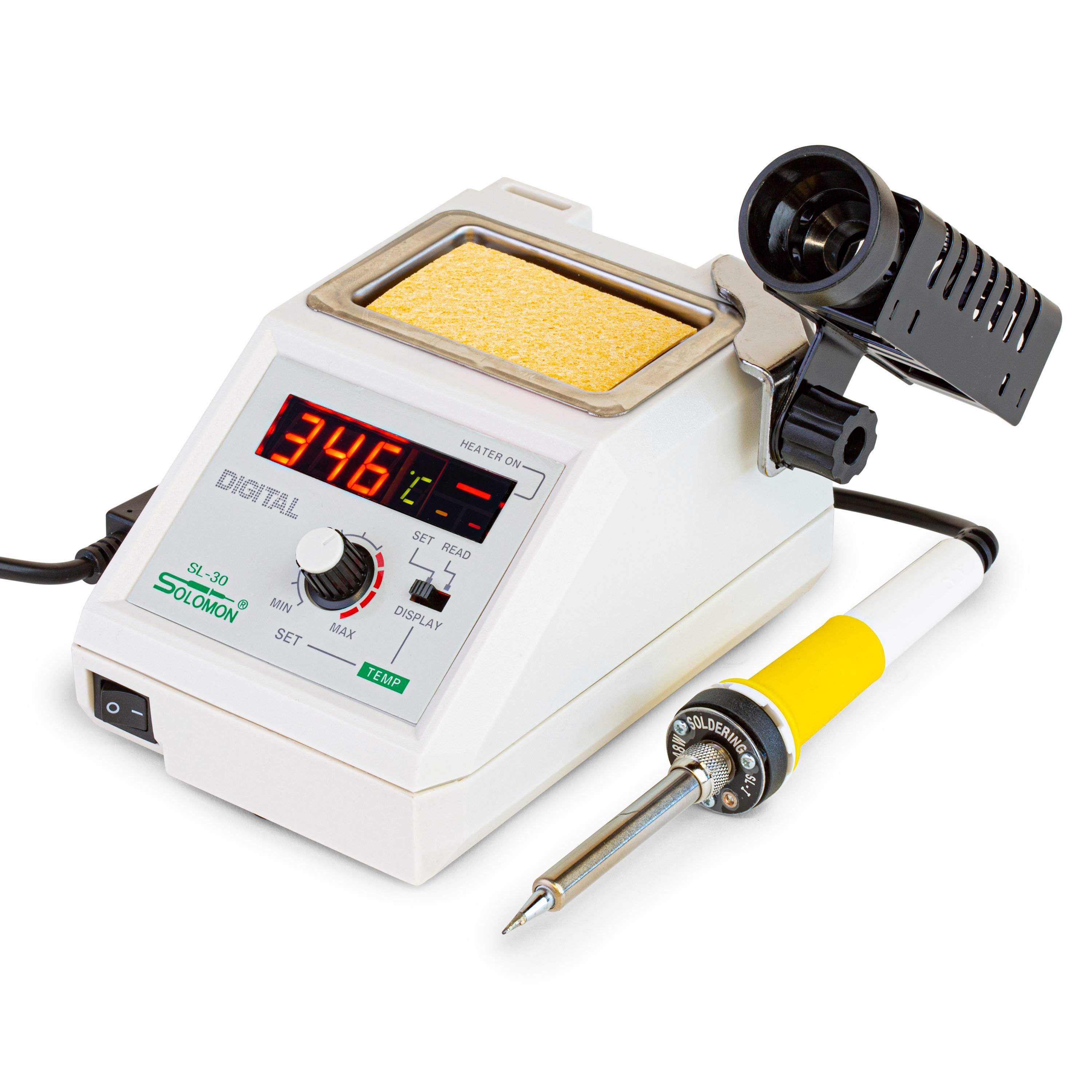How to let your ears find the best tone cap for your guitar
Issue 190 May 09, 2013
Ever wonder whether a different capacitor would affect your tone? It's between you and your own ears, nobody else can tell you what you hear. Erick Coleman's got a simple way to prove to yourself which cap is the choice for you.
About the guitar in this video: This is a 2003 Gibson Custom Shop R4 Tonequest, conceived by Tonequest Magazine's senior editor David Wilson and Edwin Wilson of the Gibson Custom Shop. Made in batches of 6 and sold through Dave's Guitar Shop in LaCrosse, WI, it's a reissue of a 1954 goldtop but with factory loaded humbuckers. Inspired by Jeff Beck's famous "oxblood" Les Paul that was modified by Strings and Things in Memphis sometime in the early 70's.
The amp: Tone King Meteor II model 740A, made by Mark Bartel. Amazing sound, with a quad 6V6 plant in the output section and a 5AR4 rectifier. The amp was set on the the rhythm channel with a touch of reverb.
- Three easy-to-wire cap-testers.
- Erick finds he likes his Les Paul with a non-standard cap.
- Compare caps of different values or different types.
Video Transcription
[on-screen text reads: Erick Coleman - Stewart MacDonald]
Erick Coleman: The topic of tone can be very subjective. What it really comes down to is your own ears to determine what sounds best. Capacitors have been used in circuits to tweak that tone. Traditionally, they're usually around 0.020 for humbuckers or 0.050 microfarads for single coils, but it may not always be the case for your own guitar. If you don't mind experimenting a little bit, here's an idea to help you determine what sounds best.
Comparing capacitors of different values
I made this little tester out of an on/on mini toggle switch [on-screen text reads: Mini Toggle Switches - Must-have for pickup switching] and two different value capacitors. These lead wires run between my volume and tone pot in place of the old capacitor, and this allows me to toggle back and forth between these two to help me determine which sounds best in a specific guitar. I have the lead wires connected where the capacitor used to be. The other end of the lead wire's attached to the common lugs on the switch. The red wire's running from the volume pot. The black lead runs to the tone pot. This is all rigged up now. Let's try it out.
[Erick plays the electric guitar switching between capacitors listening for variations in the tone]
What I'm listening for is very slight variations in the taper. As I utilize the tone control, turn it down, it should get more bassy. And between the two different caps, in this case, a 0.022 and a 0.047, I'm hearing slight different variations in the bass as I'm rolling off the tone control. This particular guitar is very bright, so right now I'm liking the sound of the 0.047 rather than the traditional 0.022 that you would normally find in a Les Paul.
Comparing different types of capacitors
Here's another test you can try using the same setup, this one using two Capacitors of the same value. One's paper and oil; the other one's ceramic. There's a lot of talk of which one sounds best. This will allow you to let your own ears decide. Here's a cool idea for a multi-tester. Using a rotary switch, I rigged up six different varieties of caps. It allows me to show customers how the different caps sound without having to do multiple changes in the guitar. I have it labeled for the different types. Can run through each one and let them decide with their own ears.

